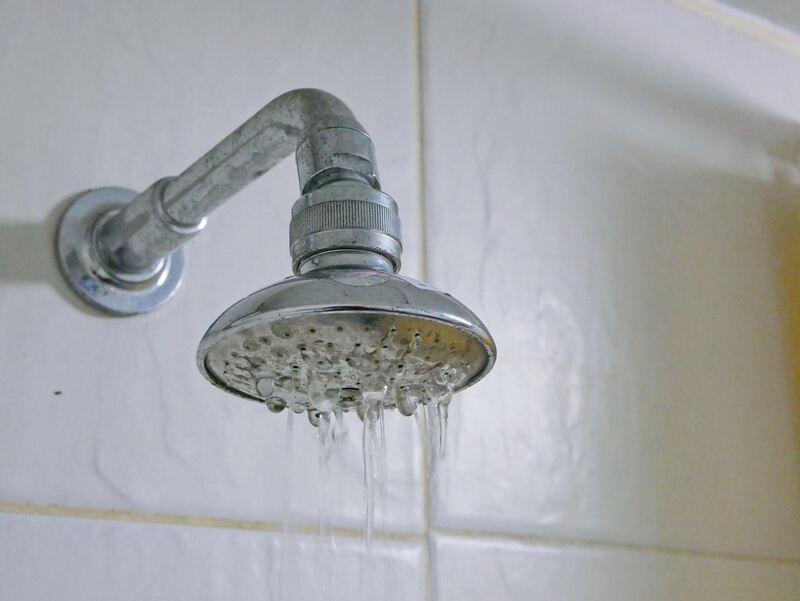Low Water Pressure? Here are 7 Common Problems You May Find in Long Beach Homes
Why Water Pressure Drops Matter More Than You Think
If your shower has lost its power or your kitchen faucet feels sluggish, low water pressure may be the culprit. It’s one of the most common complaints we hear from Long Beach homeowners, and it can be more than just a nuisance. In many cases, it’s a sign of a deeper plumbing issue.
Older homes in Long Beach often have original plumbing that wasn’t built to modern standards. Add in hard water, aging pipes, and the occasional infrastructure hiccup, and you’ve got the perfect conditions for pressure problems. Let’s look at the seven most common causes you may see in your Long Beach area home.
7 Causes of Low Water Pressure in Long Beach Homes
1. Mineral Buildup in Showerheads and Faucets
Southern California is known for hard water, which leaves behind mineral deposits that clog up screens and fixtures. This buildup restricts water flow, especially in showerheads and faucets. A quick soak in vinegar or a simple replacement can make a big difference.
2. Corroded Galvanized Pipes
Many older Long Beach homes still rely on galvanized steel pipes, which corrode from the inside out over time. As the interior diameter narrows due to rust and buildup, water has less room to flow. This leads to a steady loss in pressure, which often requires repiping or section replacement to resolve permanently.
3. Partially Closed or Faulty Shutoff Valves
If a shutoff valve, either inside the home or at the water meter, is only partially open or damaged, it can restrict water flow to the entire house. Sometimes this happens after repairs, remodels, or even previous plumbing visits. It’s a quick check with a big impact.
4. Pressure Regulator Problems
Some homes have a pressure-reducing valve (PRV) that controls water flow from the city supply. When these regulators fail, they may cause a sudden drop in water pressure or even wild pressure fluctuations. Replacing a PRV is a job best left to professionals, but it’s a common fix in the Long Beach area.
5. Plumbing Leaks You Can’t See
A hidden leak — behind a wall, under a slab, or in an unused part of the home — can quietly reduce water pressure while wasting water. You might notice rising bills, water spots, or faint dripping sounds. Our leak detection service helps pinpoint these problems before they get worse.
6. Clogged or Cracked Water Supply Lines
If you have poor water pressure in just one area, like the kitchen, it could be due to a clogged or cracked water supply line. In some cases, tree roots or shifting soil can damage underground lines. These issues are harder to spot but can be resolved with video inspection and trenchless repair.
7. City Supply Issues
Sometimes the problem isn’t inside your home at all. City work, main line breaks, or temporary drought restrictions can all impact pressure, especially during peak usage times. It’s worth checking with Long Beach Utilities before assuming your system is at fault.
What We Recommend for Long Beach Homeowners
If you’re noticing a drop in water pressure, start by checking all your fixtures for clogs and making sure your shutoff valves are fully open. If that doesn’t solve it, contact us. Our licensed plumbers are based just down the road in Lakewood and have decades of experience diagnosing low pressure issues in Long Beach neighborhoods.
We take the time to identify the root cause and explain your options clearly, so you can make the right decision for your home. Whether it’s a small repair or something more involved, our experienced plumbers will help you make an informed, cost-effective decision.

